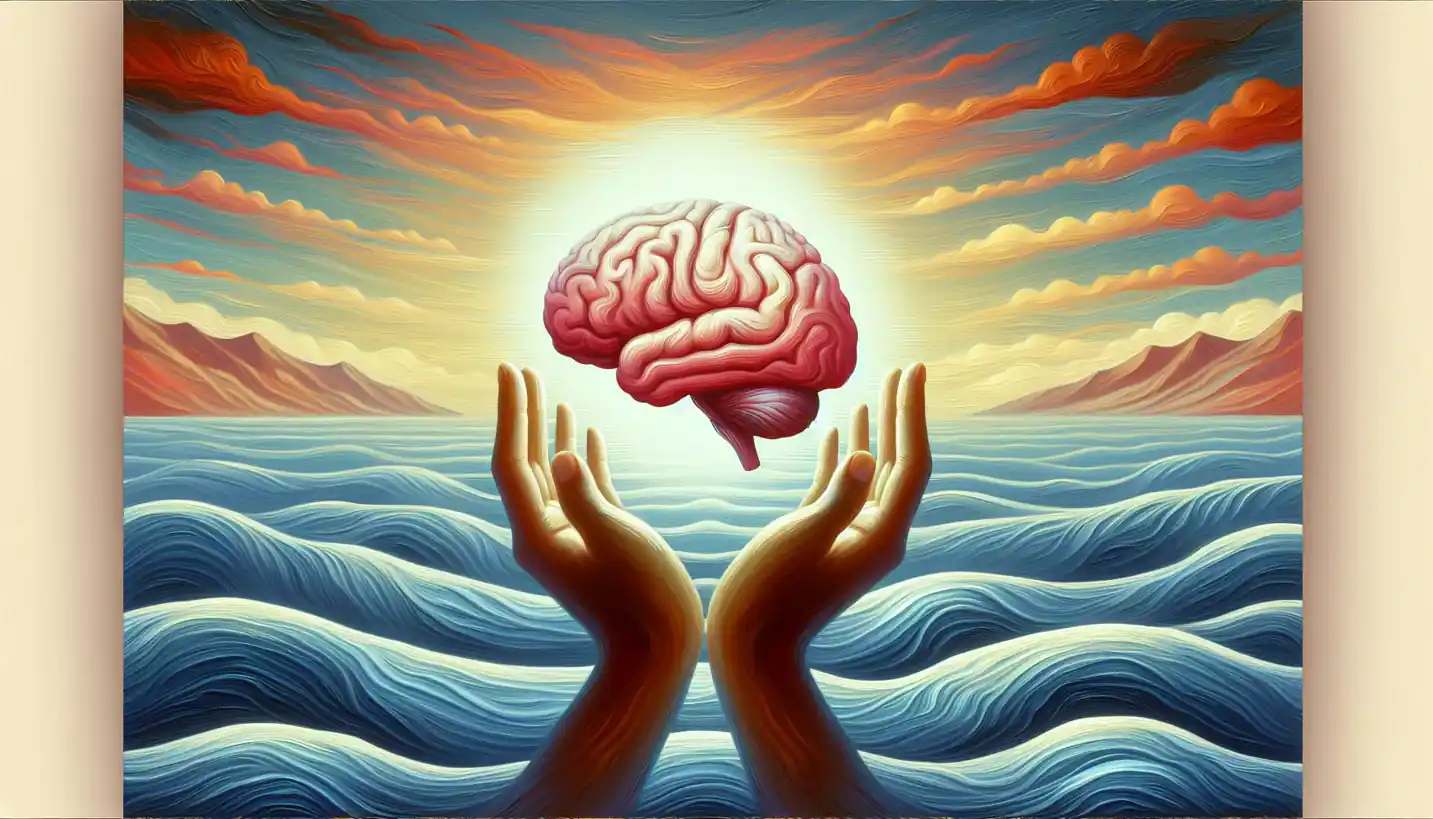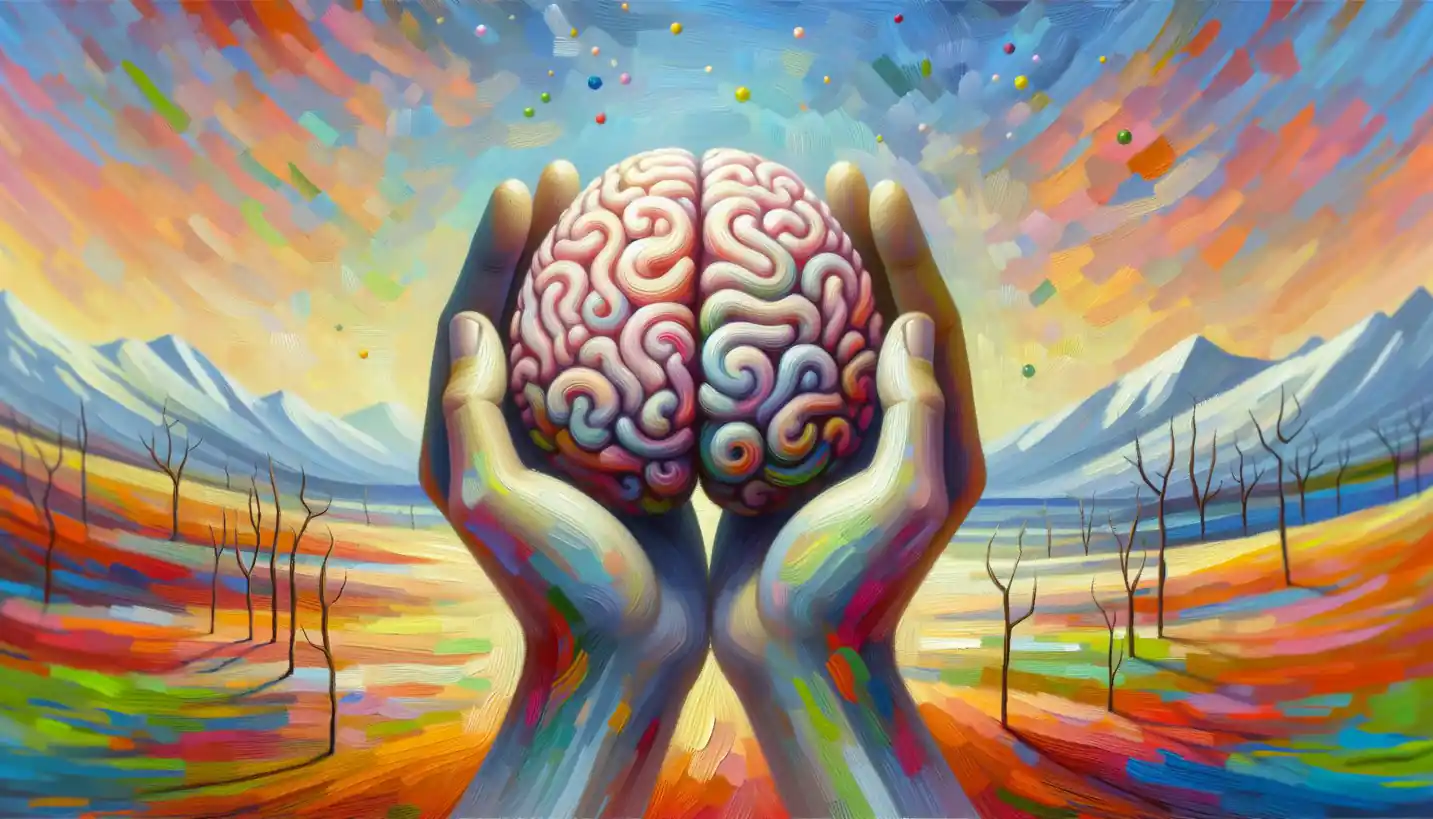· Psychology · 5 min read
Imitation Versus Emulation: Unraveling the Mysteries of Social Learning
Imitation versus emulation examines different modes of social learning. Discover how animals learn from copying exactly or just catching the idea.

Let’s explore how we learn by watching others, something we all do every day without even realizing it. Have you ever noticed how children learn to tie their shoes or how monkeys in a zoo figure out how to use a new tool? These fascinating behaviors can be understood through two concepts in comparative psychology: imitation and emulation. Although they sound similar, they represent different ways of learning and understanding the world around us.
Understanding Imitation in Psychology
Imitation is like playing a game of follow the leader. It’s when one individual tries to replicate the exact actions of another. In psychology, this means watching someone do something and then trying to do it just like they did. Imagine a little girl watching her dad cook dinner. She might pick up a spoon and stir an empty pot, mimicking his movements as precisely as possible. This copying behavior is not just for fun; it’s a powerful way to learn new skills and behaviors.
Imitation is crucial for social learning and can be seen in many animals too. Think about birds – certain species learn songs from older birds by imitatively listening and repeating. It also plays a huge role in cultural transmission. When kids learn languages or social customs, they’re often imitating what they see and hear from those around them. By understanding this process, psychologists can delve deeper into how culture and knowledge spread within groups.
What Is Emulation?
While imitation focuses on copying specific actions, emulation is more about achieving the same result or goal as the observed individual but not necessarily through the exact same actions. Going back to our cooking example, imagine if the girl saw her dad make a pancake and then tried to make one herself but using her spoon in a different way. She’s not stuck on copying every move; she’s more interested in reaching the same output.
This approach highlights problem-solving and innovation. It allows flexibility and creativity, leading to new ways of thinking or doing things. Animals, like primates, often use emulation. They might see another animal using a stick to reach food and then find their own unique way to use the stick or a different tool to accomplish the task. Emulation is about understanding the purpose behind actions and finding your path to achieving that purpose.
Imitation and Emulation in the Animal Kingdom
The animal world is a treasure trove of examples that can help us understand these learning processes. Chimpanzees are especially intriguing because they show both imitation and emulation. Some studies have shown chimps copying human actions to get food from a puzzle box, whether by carefully imitating the steps or by getting creative and finding their ways to the treat.
Birds again provide fun insights. Researchers have observed New Caledonian crows using sticks to get food from hard-to-reach places. They watch others to learn the trick, sometimes imitating, sometimes devising new methods, showcasing the blending of imitation and emulation.
Human Development: Imitation and Emulation
In humans, these learning strategies develop from a young age. Babies and toddlers often imitate facial expressions and gestures, which is one of the first steps in social bonding and communication. As children grow, they begin to emulate, seeing a teacher solve a math problem and figuring out another way to arrive at the same answer.
These behaviors are vital for learning complex skills and adapting to different environments. In educational settings, understanding when and how children use imitation and emulation can help teachers design more effective teaching methods.
The Role of Context in Social Learning
Whether imitation or emulation is favored can depend on the context. In situations where precision is critical, such as learning to dance or play a musical instrument, imitation might be more beneficial. In scenarios demanding innovation, such as solving novel problems, emulation could lead to better results.
Understanding the context helps scientists and educators harness these processes to facilitate learning and adaptation. It’s about finding the right balance and knowing when to guide and when to let creativity flow freely.
Implications for AI and Robotics
The principles of imitation and emulation aren’t just limited to biological organisms. They’re also being explored in the worlds of artificial intelligence and robotics. Scientists are developing robots that can learn tasks by observing humans, much like how a child learns from watching parents. By mimicking both imitation and emulation, AI systems can become more efficient and adaptive.
These technologies could lead to robots that better interact with humans and navigate complex, dynamic environments, opening up exciting possibilities for the future.
Future Directions in Research
The study of imitation and emulation continues to evolve, uncovering the intricacies of social learning. Researchers are keen to explore how these processes work together to shape cognition and behavior across species. How does this knowledge influence our understanding of intelligence and culture? What are the ethical implications of using such knowledge in technology?
These open-ended questions invite curious minds to delve deeper, sparking interest and fueling discoveries.
Imitation and emulation are fascinating windows into how beings learn and innovate. By examining these processes, we uncover the underlying mechanisms of social learning, revealing insights into both our own nature and that of other creatures around us. The dance between imitation and emulation continues to intrigue scientists, offering mysteries yet to be unraveled. So next time you see someone or something learning a new trick, think about whether they’re following the leader or finding their creative path.



